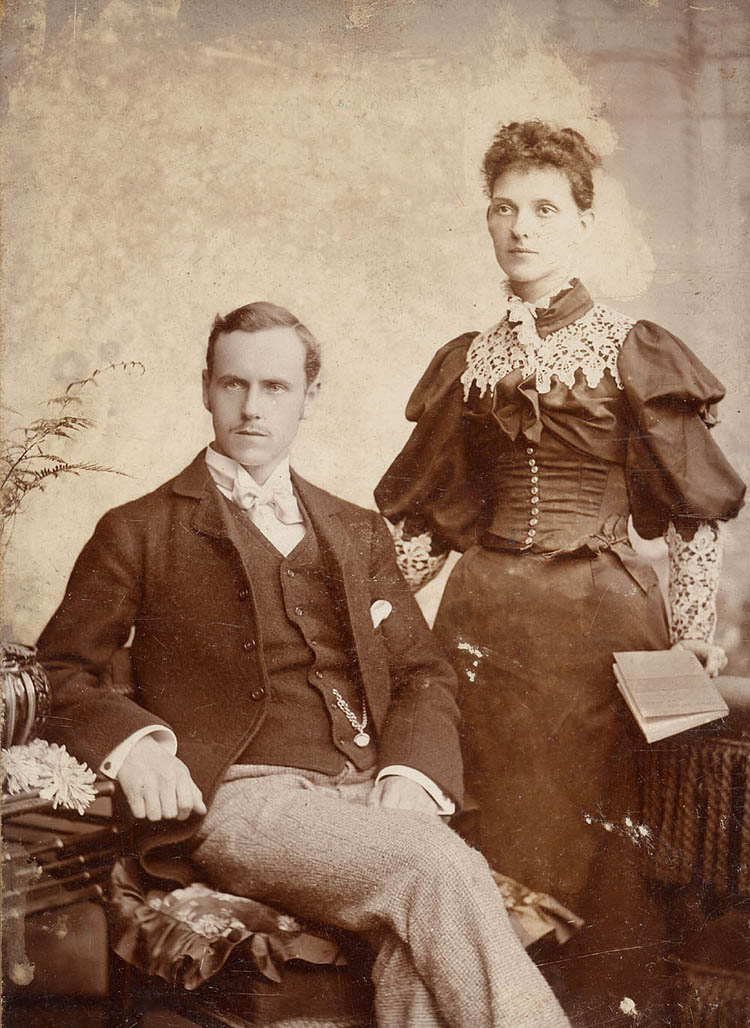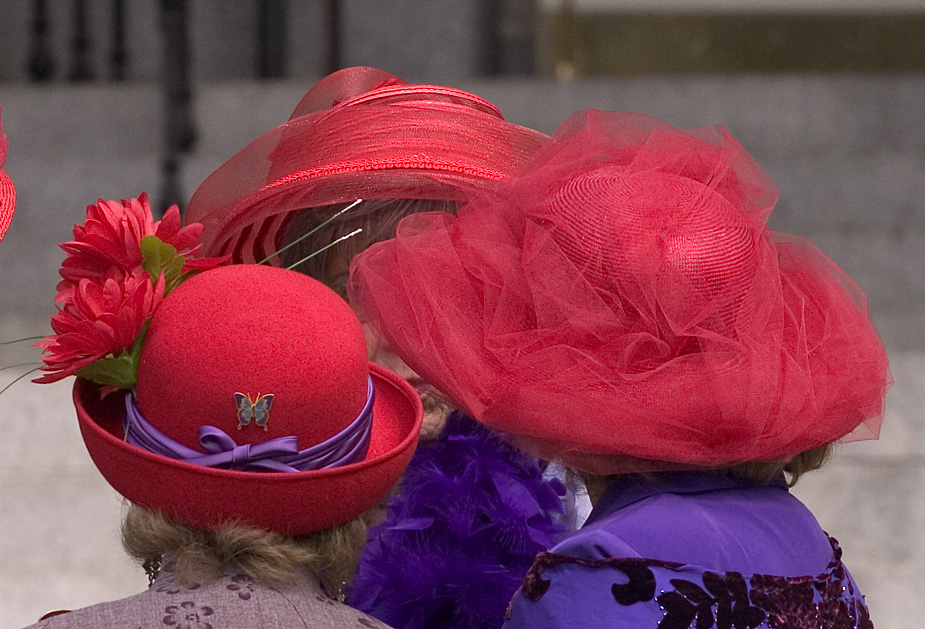 |
| Image: Wikimedia |
Images of genuine dresses from the 19th century sometimes shock people. We think of history in sepia tones, and the reality of aniline dye overturns all our expectations either of languidly lit, romanticized Victoriana - or of frumpy, potato-colored drudgery. (Of course, potatoes can dye a purplish sort of hue, but that's a post for someone else's blog.)
Aniline was eye-popping, and quickly grew beyond its first hue, mauveine (don't think of the drab tone of mauve - here you go) into colors we might call garish compared to the staid expectations later ideas and nostalgia painted over the reality of historical costuming. The reality was strong stuff - exuberant, even. In fact, aniline color was just as powerful as the design itself, of the second half of the 19th century:
 |
| Copyright: Victoria and Albert Museum |
Brutal angularity in the transition, extravagant volume and textile in the polonaise styling at the bustle, acres and acres of ruching and ruffling, trims, and every seam - designs like this were meant to showcase cut and fabric - and color was a massive presence in design. There's no way around the acid shades of the era, and there's plenty of documentary and even, as above, surviving textile evidence of their vividness. Critics decried the fashion for these new dyes with parodic names modeled on illnesses (mauve measles); but, as we certainly know, brights were here to stay. With the advances in mass production and increasing availability and decreasing price for chemical color, we've never looked back. Just today at lunch, Cute Shoes and I shared a charming bistro with a very large contingent of Red Hat ladies.
 |
| Image: Wikipedia |
2 comments:
What an interesting post, Diane! I had no idea that mauveine was so ... loud! Colors are quite fascinating. Yet another thing to study and research that threatens to take me away from writing! :-)
Thank you so much! People have an idea that "the past" was nothing but a sepia-toned silent film, but even vegetable dyes gave us rich, if not acidically bright, colors. Most people's understanding of any color or dye used before the 20th century in terms of Tyrian purple (which in fact was nearly black, and bore no resemblance to what many people today think of as purple). Yet good study of those textiles preserved, and the chemistry of vegetable dyes, shows us that the 20th was not the first colorful century at all!
Post a Comment